Home>Furniture>Outdoor Furniture>How To Stop Decking From Being Slippery
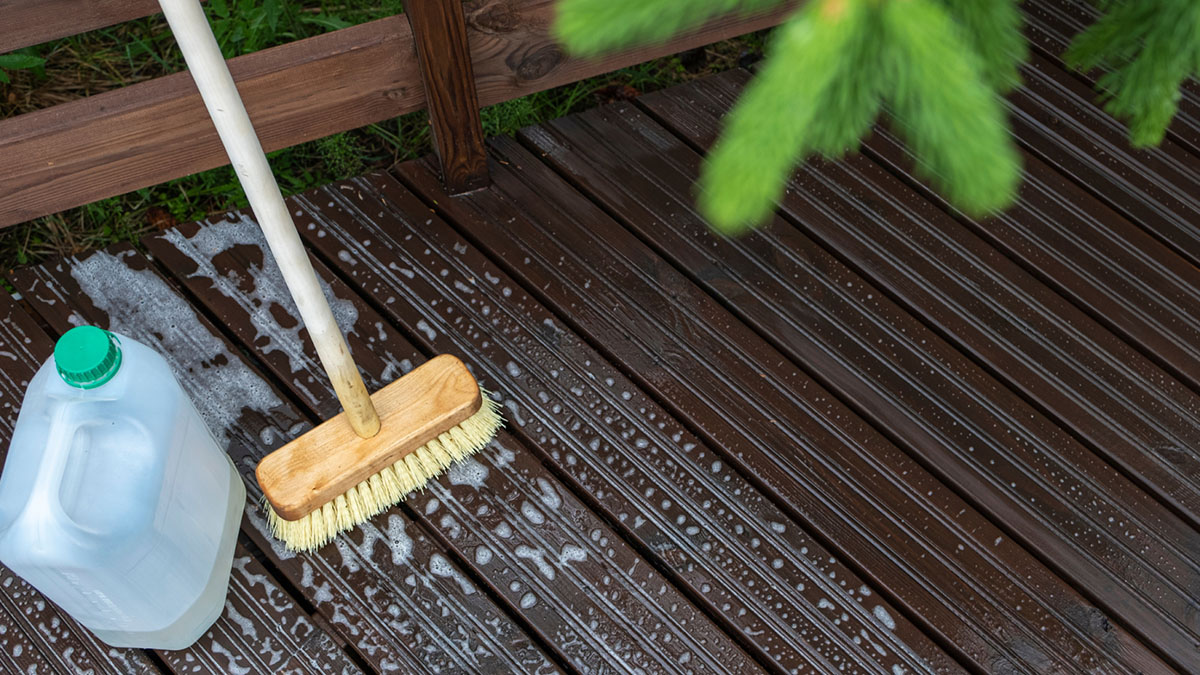

Outdoor Furniture
How To Stop Decking From Being Slippery
Modified: March 7, 2024
Learn how to prevent your outdoor furniture from becoming slippery with our helpful guide. Keep your deck safe and slip-free to enjoy the outdoors all year round.
(Many of the links in this article redirect to a specific reviewed product. Your purchase of these products through affiliate links helps to generate commission for Storables.com, at no extra cost. Learn more)
Introduction
Having a deck or patio can be a wonderful addition to any outdoor living space. It provides an area for relaxation, entertaining, and enjoying the beauty of nature. However, one of the biggest concerns for deck owners is the issue of slippery surfaces. A slippery deck can be a safety hazard, leading to slips, falls, and potential injuries.
Understanding the causes of slippery decks is crucial in order to find effective solutions. Factors such as weather conditions, the type of decking material, and the presence of dirt or debris can contribute to a slippery surface. Fortunately, there are several methods to prevent decking from being slippery and reduce the risk of accidents.
In this article, we will explore various techniques to make your decking safer and less prone to slips and falls. From regular cleaning and maintenance to the use of anti-slip coatings and materials, we will provide you with the knowledge and tools you need to ensure a secure and enjoyable outdoor space.
Key Takeaways:
- Regular cleaning and maintenance, along with anti-slip coatings, can make your deck safer and prevent slips and falls, ensuring a secure outdoor space for relaxation and enjoyment.
- Consider non-slip decking materials and proper design techniques to minimize the risk of slippery decks, creating a safe and enjoyable outdoor environment for all.
Read more: Is Trex Decking Slippery When Wet
Understanding the Causes of Slippery Decks
Before we delve into the solutions for slippery decks, it is important to understand the main causes of this issue. By identifying the root causes, we can effectively address them and minimize the risk of accidents on our outdoor surfaces.
1. Weather Conditions: One of the primary contributors to slippery decks is the weather. Rain, snow, and even dew can create moisture on the surface, making it slippery. Additionally, cold temperatures can cause ice formation, adding another layer of hazard. It is important to be aware of the weather conditions and take preventive measures accordingly.
2. Decking Material: The type of material used for your deck can also impact its slipperiness. Some materials, such as smooth or glossy finishes, are inherently more slippery than others. For example, traditional wood decks can become slippery over time as they age and wear down. Synthetic materials like composite decking or PVC are often designed to have better slip resistance.
3. Dirt and Debris: A buildup of dirt, leaves, moss, or algae on your deck can greatly increase its slipperiness. These substances create a slimy, slippery surface, especially when wet. Regular cleaning and maintenance can help prevent the accumulation of dirt and debris.
Now that we have a better understanding of the causes, let’s explore some effective solutions to combat slippery decks. By implementing these strategies, you can enjoy your outdoor space with peace of mind, knowing that it is safe for you, your family, and your guests.
Regular Cleaning and Maintenance Tips
One of the simplest and most effective ways to prevent a slippery deck is through regular cleaning and maintenance. By keeping your decking surface clean and free from debris, you can minimize the risk of slips and falls. Here are some tips to incorporate into your regular maintenance routine:
- Clear away leaves and debris: Remove any leaves, dirt, or other debris from your deck regularly. Use a broom, leaf blower, or hose to clear the surface. Pay special attention to areas prone to accumulation, such as corners and gaps between boards.
- Scrub the surface: Use a mild detergent, warm water, and a scrub brush to clean the deck thoroughly. This will help remove any stains, dirt, or grime that can make the surface slippery. Rinse the deck with clean water once you’re done scrubbing.
- Remove moss and algae: If you notice the presence of moss or algae on your deck, it is important to remove it promptly. These growths can become extremely slippery when wet. Use a deck cleaner specifically designed to eliminate moss and algae, following the manufacturer’s instructions.
- Apply a deck brightener: Over time, your deck may lose its original color and become dull. Applying a deck brightener can help revive its appearance and prevent the growth of mold and mildew, which can contribute to slipperiness. Follow the product instructions for best results.
- Inspect and repair damaged areas: Regularly inspect your deck for any signs of wear, splintering, or damaged boards. If you come across any issues, take the necessary steps to repair or replace them promptly. A well-maintained deck not only looks better but also reduces the risk of slips and falls.
By incorporating these simple cleaning and maintenance tips into your routine, you can keep your deck in top condition and significantly reduce the likelihood of a slippery surface. Now, let’s explore some additional measures you can take to enhance the slip resistance of your deck.
Applying Anti-Slip Coatings or Paints
If your deck surfaces are still slippery even after regular cleaning and maintenance, applying anti-slip coatings or paints can be an effective solution. These products are specifically designed to enhance traction on smooth surfaces, providing a safer environment for walking. Here’s how you can apply them:
- Clean the deck surface: Before applying any anti-slip coating or paint, ensure that the deck is clean and free from dirt, debris, and any previous coatings or finishes. Thoroughly sweep or pressure wash the deck to prepare the surface.
- Choose the right product: There are various anti-slip coatings and paints available in the market, so choose one that is specifically formulated for outdoor use and suitable for your decking material. Look for products with a high coefficient of friction or a slip resistance rating for optimal results.
- Prepare the area: Protect any nearby plants, furniture, or other surfaces that you don’t want to get the coating or paint on. Use plastic sheeting or drop cloths to cover these areas and prevent any unintentional damage or staining.
- Apply the coating or paint: Follow the manufacturer’s instructions for application. Use a roller or brush to evenly apply the anti-slip coating or paint to the deck surface. Pay close attention to high-traffic areas and any areas prone to water pooling. Allow the product to dry completely before using the deck.
- Maintain and reapply as needed: Over time, the anti-slip coating or paint may wear down due to foot traffic and exposure to the elements. Regularly inspect the deck and reapply the product as needed to maintain its slip resistance properties.
Applying anti-slip coatings or paints can be an effective way to increase traction and reduce the slipperiness of your deck. However, it’s important to note that these products may alter the appearance of your deck, so consider this factor when selecting the coating or paint color. Additionally, regular maintenance and reapplication will be necessary to ensure the continued effectiveness of the anti-slip treatment.
Next, let’s explore another option for enhancing slip resistance on your deck – the installation of anti-slip decking strips.
Installing Anti-Slip Decking Strips
Another effective method to combat slippery decks is by installing anti-slip decking strips. These strips provide an added layer of traction, making the surface safer to walk on. Here’s how you can install them:
- Measure and plan: Start by measuring the length and width of the areas where you want to install the anti-slip decking strips. Plan how many strips you will need and where they will be placed to ensure even coverage and maximum effectiveness.
- Clean the surface: Like with any other anti-slip treatment, it is essential to have a clean and debris-free deck surface. Sweep or pressure wash the area to remove any dirt, grime, or loose particles. Allow the surface to dry thoroughly before proceeding.
- Apply adhesive: Using a strong adhesive suitable for outdoor use, apply a thin layer to the back of each anti-slip decking strip. Follow the manufacturer’s instructions for the specific adhesive you are using. Apply the adhesive evenly and avoid using excessive amounts, as this may affect the adhesion.
- Position the strips: Carefully lay each strip in the desired location, pressing them firmly onto the deck surface. Ensure that the strips are evenly spaced and aligned to create a consistent and visually appealing pattern.
- Secure the strips: To ensure the strips are securely attached, apply pressure and walk on each strip to ensure proper adhesion. Consider placing weights on top of the strips temporarily to provide extra pressure. Allow the adhesive to cure fully before using the deck.
- Maintain and replace if necessary: Regularly inspect the decking strips to check for any signs of wear or damage. If any strips become loose or worn out over time, replace them promptly to maintain the slip resistance of your deck surface.
Installing anti-slip decking strips is an effective solution for increasing traction on your deck. The strips come in various colors and designs, allowing you to choose an option that complements your deck’s aesthetics. However, it is crucial to follow the installation instructions provided by the manufacturer and ensure proper adhesion to maximize effectiveness and longevity.
Next, let’s explore the use of non-slip decking materials as an alternative method for creating a slip-resistant deck surface.
Apply a non-slip coating or paint to the deck surface to provide better traction and prevent slipping. This can help make the deck safer, especially in wet conditions.
Using Non-Slip Decking Materials
When it comes to creating a slip-resistant deck, using non-slip decking materials can be a wise choice. These materials are specifically designed to provide enhanced traction, reducing the risk of slipping even in wet conditions. Here are a few popular options:
- Composite Decking: Composite decking is a blend of wood fibers and recycled plastic. This type of decking material is engineered to be slip-resistant, as it has a textured surface that offers better grip. Additionally, composite decking is durable and requires minimal maintenance, making it an excellent choice for those seeking a low-maintenance option.
- PVC Decking: PVC or vinyl decking is another non-slip decking material that provides exceptional slip resistance. The surface of PVC decking is often textured or embossed, enhancing traction and improving safety. PVC decking is also resistant to moisture, mold, and mildew, making it an ideal option for areas with high humidity or near water bodies.
- Rubberized Coatings or Mats: Another option to consider is the use of rubberized coatings or mats. These materials are specifically designed to provide a non-slip surface and can be applied directly to your existing deck. Rubberized coatings form a protective layer that enhances grip, while rubber mats can be placed strategically over high-traffic areas for added traction.
When choosing non-slip decking materials, it is crucial to consider their durability, maintenance requirements, and compatibility with your existing deck. Additionally, take into account the aesthetics of the material to ensure it complements your outdoor space.
Remember, while non-slip decking materials can significantly improve the safety of your deck, it is still essential to regularly clean and maintain the surface to prevent the buildup of dirt, debris, or algae, which can compromise the slip resistance.
Next, let’s explore an easy and affordable option for adding grip to your deck surface – the use of grip tape or non-slip mats.
Adding Grip Tape or Non-Slip Mats
If you’re looking for a quick and affordable solution to make your deck surface non-slip, adding grip tape or non-slip mats can be an excellent option. These products provide an instant traction boost and are easy to install. Here’s how you can use them:
- Clean the deck surface: Before applying grip tape or placing non-slip mats, ensure that the deck is clean and free from dirt, debris, and any previous coatings. Sweep or pressure wash the deck to remove any loose particles.
- Grip Tape: Grip tape is a self-adhesive material with a rough surface that enhances traction. Cut the grip tape into strips or shapes as desired, then peel off the backing and firmly press it onto the deck surface. Make sure to apply the tape evenly and firmly to ensure proper adhesion.
- Non-Slip Mats: Non-slip mats come in various sizes and designs and offer an instant non-slip surface. Simply place the mats strategically on your deck in high-traffic areas or wherever additional traction is needed. Make sure the mats are securely positioned and do not move or shift when walked upon.
- Maintain and replace as needed: Regularly inspect the grip tape or non-slip mats to check for any signs of wear or damage. If any areas start to lose their effectiveness or become worn out, replace them promptly to maintain a safe and slip-resistant deck surface.
Grip tape and non-slip mats are affordable and easy-to-install options for adding instant grip to your deck. These solutions are particularly useful for temporary or rental situations where you may not want to make permanent alterations to the deck surface. However, it is essential to regularly monitor and maintain the grip tape or mats to ensure their effectiveness over time.
Now that we have explored various methods to make your deck surface non-slip, let’s discuss the importance of proper decking design and construction techniques to prevent slipperiness.
Proper Decking Design and Construction Techniques
When it comes to preventing slipperiness on your deck, proper design and construction techniques play a crucial role. By incorporating the following considerations into your deck’s design and construction, you can minimize the risk of slips and falls:
- Choose the right decking material: Select a decking material that offers inherent slip resistance. Opt for textured or grooved boards that provide better traction underfoot. Composite or PVC decking, as mentioned earlier, are great options due to their non-slip properties.
- Create proper drainage: Ensure that your deck has adequate drainage to prevent water from pooling on the surface. Proper slope and strategically placed drainage channels or gaps between boards will help direct water away, reducing the risk of a slippery deck.
- Consider the deck’s exposure to sunlight: Take into account the position of your deck in relation to the sun. Direct sunlight can cause certain decking materials to become hotter, potentially making them more slippery due to sweat or moisture. Opt for lighter-colored materials or add shade structures to minimize heat absorption.
- Add handrails and lighting: Install sturdy handrails along the sides of your deck to provide support and stability. Well-placed lighting fixtures can also improve visibility, reducing the risk of slips and falls, especially during the evening or in poorly lit areas.
- Use non-slip accessories: Incorporate non-slip accessories, such as deck tiles or rubber pads, in areas prone to increased traffic or potential slips. These accessories can offer additional traction and grip, enhancing the overall safety of your deck.
- Regularly monitor and maintain: Regularly inspect your deck for any loose boards, nails, or screws that could create hazards. Replace any damaged components promptly and ensure that the deck’s overall structure remains sturdy and secure.
By incorporating these design and construction techniques, you can create a safer deck that minimizes the risk of slips and falls. It’s important to remember that proper maintenance and regular inspections are crucial to ensuring the long-term safety and functionality of your deck.
Now that we’ve explored various strategies to prevent deck slipperiness, let’s summarize the key takeaways.
Conclusion
Having a deck or patio is a wonderful asset to your outdoor space, but it’s crucial to prioritize safety to prevent slips and falls. By understanding the causes of slippery decks and implementing the appropriate preventive measures, you can create a secure and enjoyable outdoor environment for you, your family, and your guests.
Regular cleaning and maintenance, such as clearing away debris and keeping the surface clean, is the foundation for preventing slipperiness. Additionally, applying anti-slip coatings or paints can further enhance traction on your deck. Installing anti-slip decking strips or opting for non-slip decking materials are effective long-term solutions to consider.
If you’re looking for a quick fix, adding grip tape or non-slip mats provides an instant, affordable solution. Regardless of the method you choose, it’s important to maintain and replace any worn or damaged materials to ensure continuous slip resistance.
Furthermore, proper decking design and construction techniques, including selecting slip-resistant materials, creating proper drainage, adding handrails and lighting, and utilizing non-slip accessories, are essential considerations to minimize the risk of slips and falls on your deck.
Remember that regular inspections and maintenance are key to ensuring the efficacy of your slip-resistant measures and the overall safety of your deck. Stay vigilant and address any issues promptly to create a safe and enjoyable outdoor space for all.
By implementing these strategies, you can enjoy your deck or patio without the worry of slips and falls, allowing you to fully embrace the beauty of outdoor living. So take the necessary steps to prevent slippery decks and create a safe haven where you can relax and unwind with peace of mind.
Frequently Asked Questions about How To Stop Decking From Being Slippery
Was this page helpful?
At Storables.com, we guarantee accurate and reliable information. Our content, validated by Expert Board Contributors, is crafted following stringent Editorial Policies. We're committed to providing you with well-researched, expert-backed insights for all your informational needs.

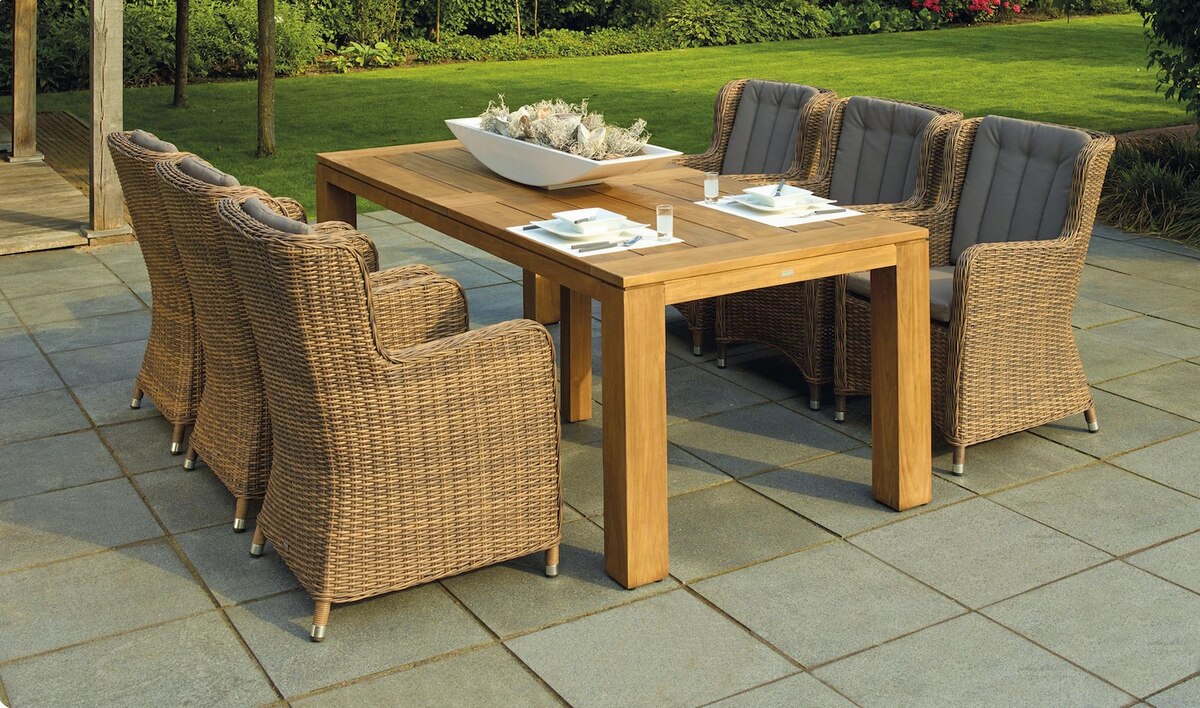
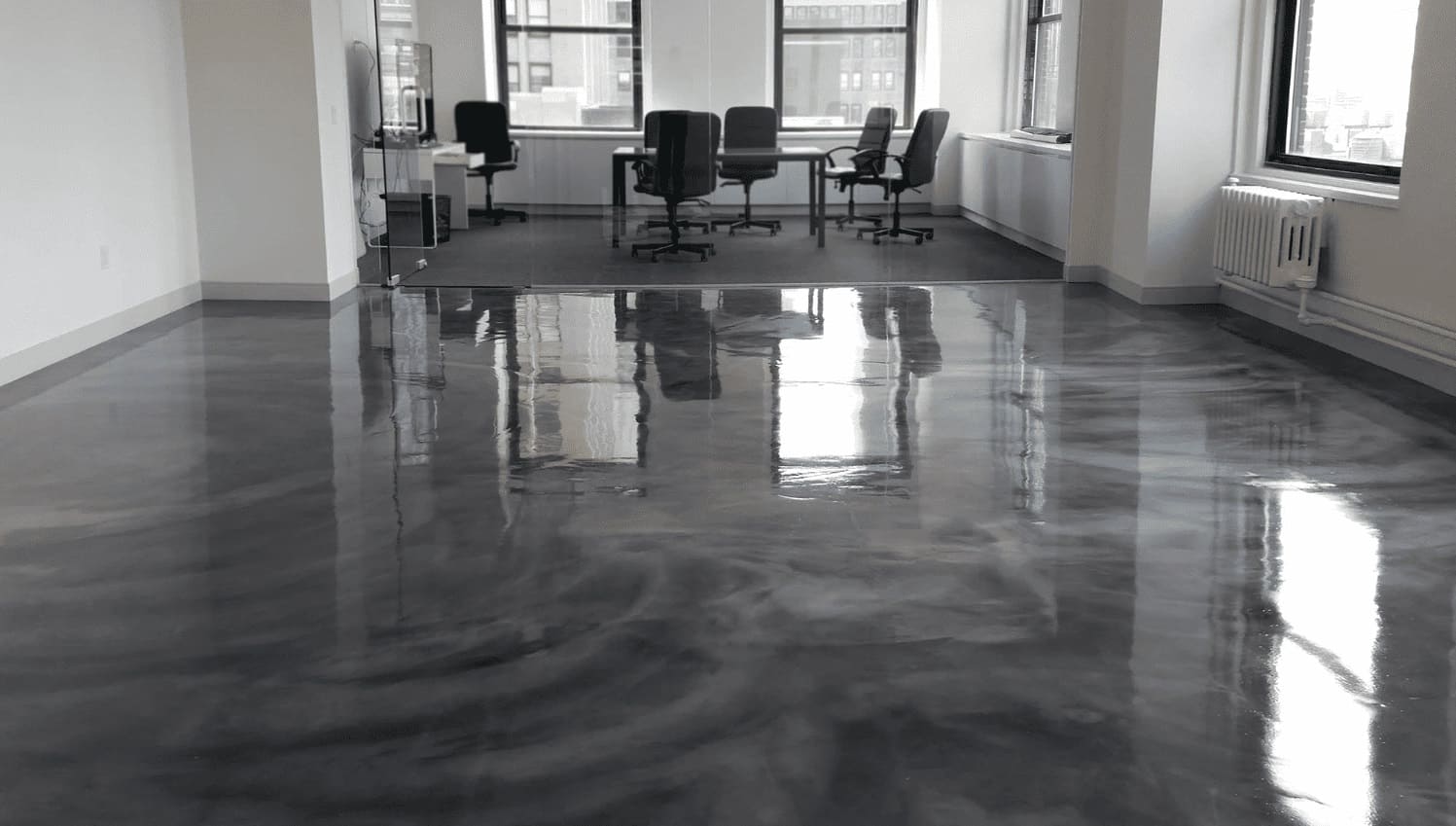
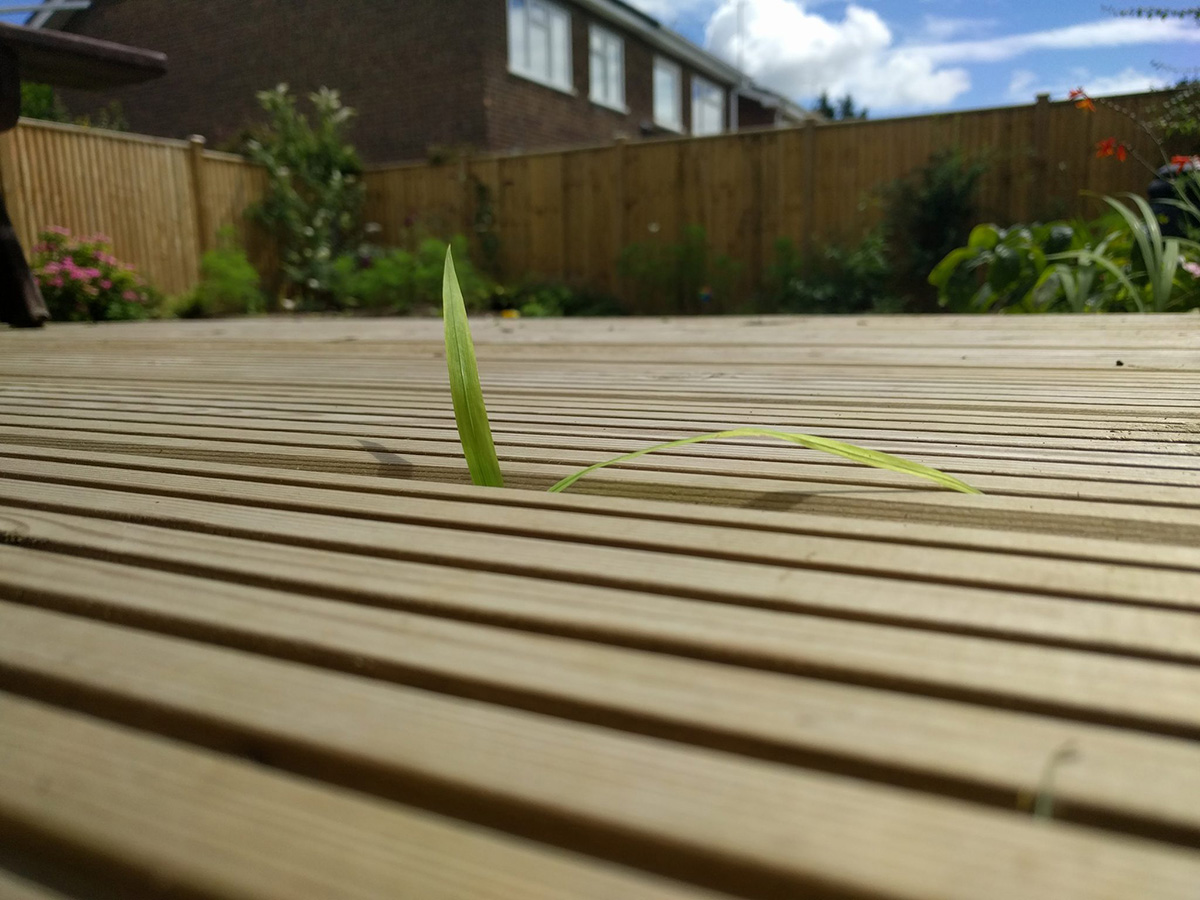
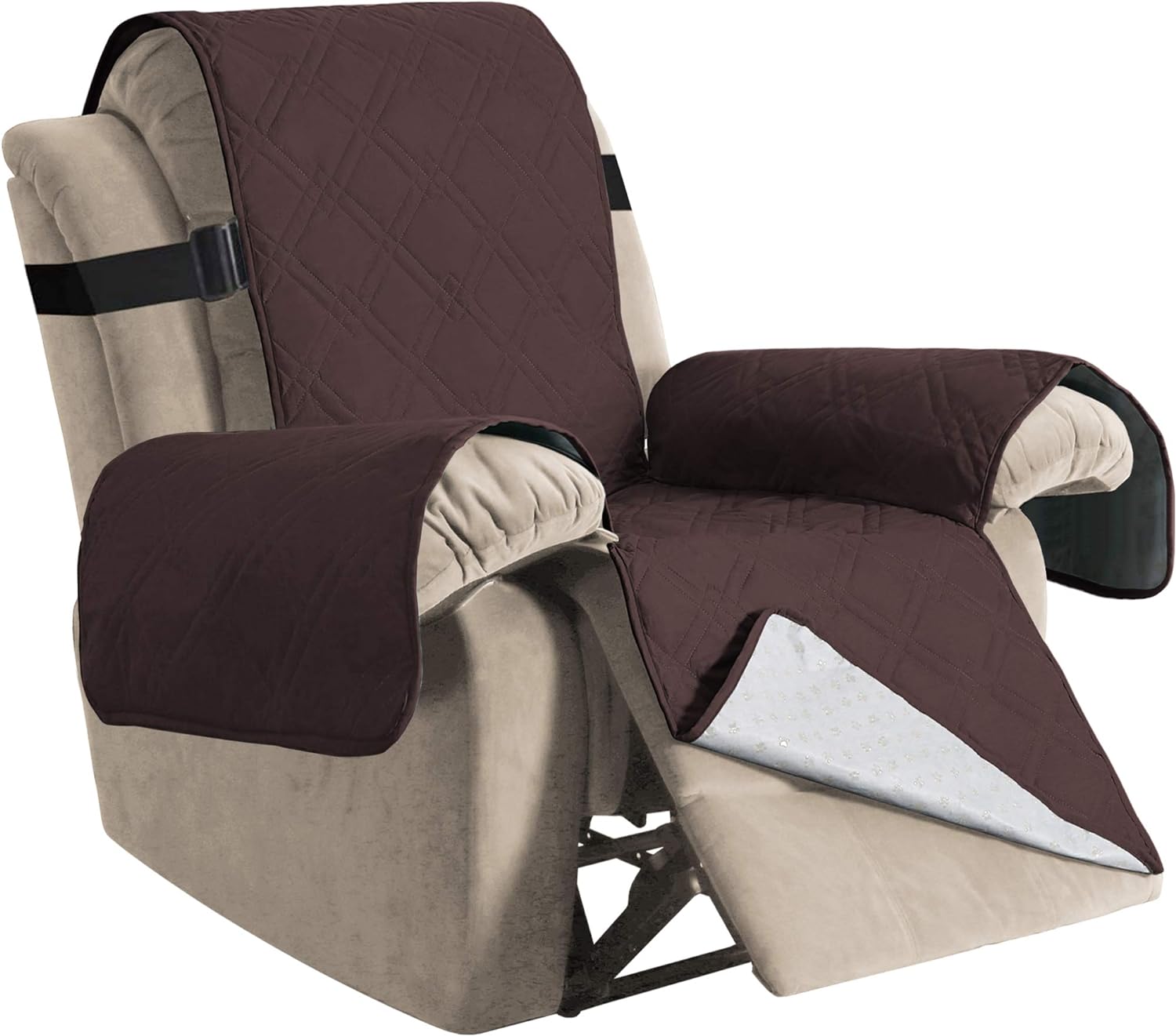
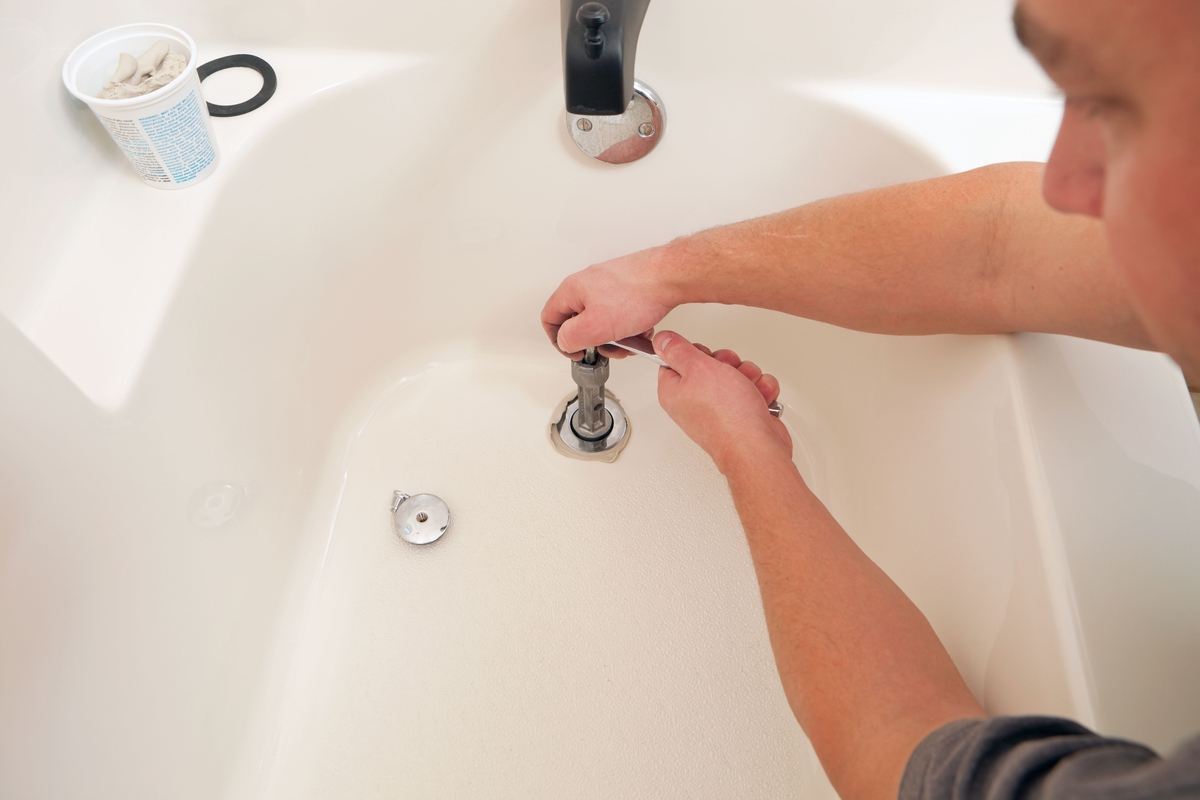
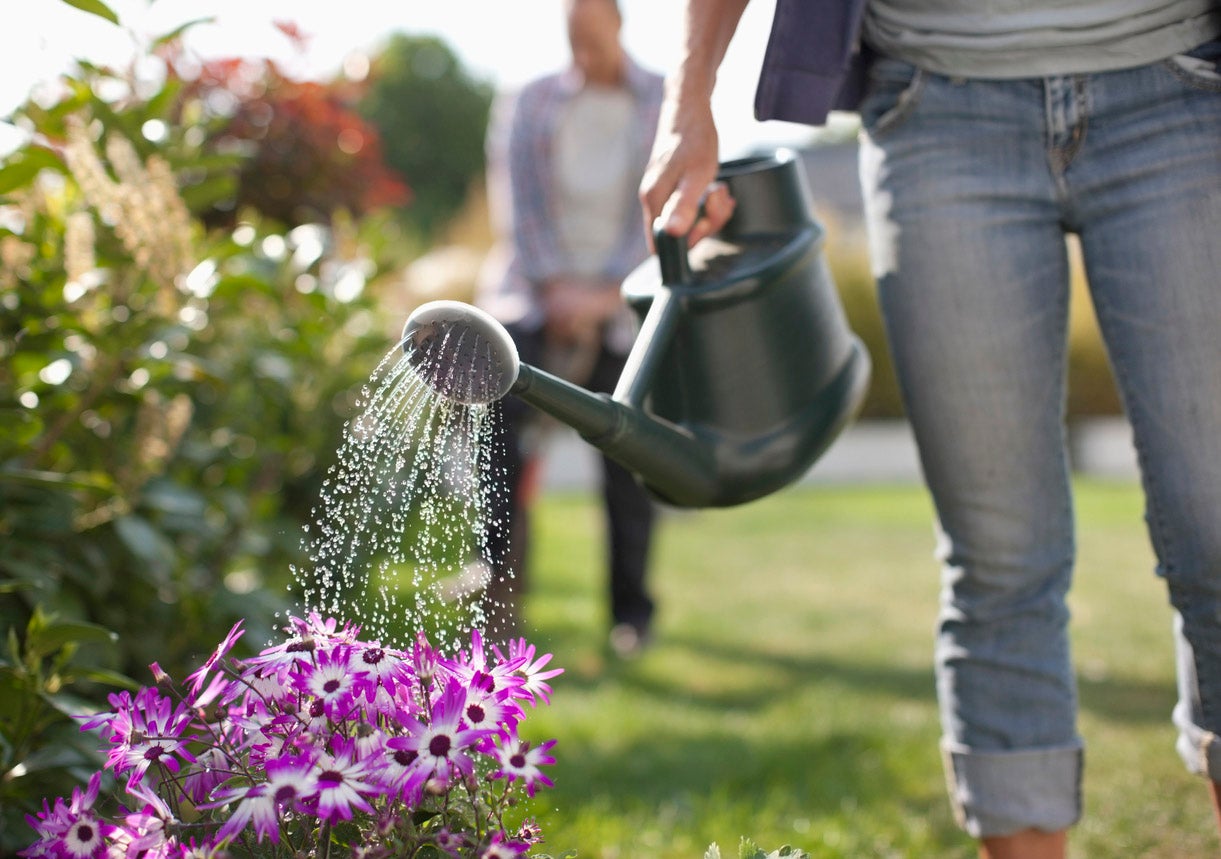
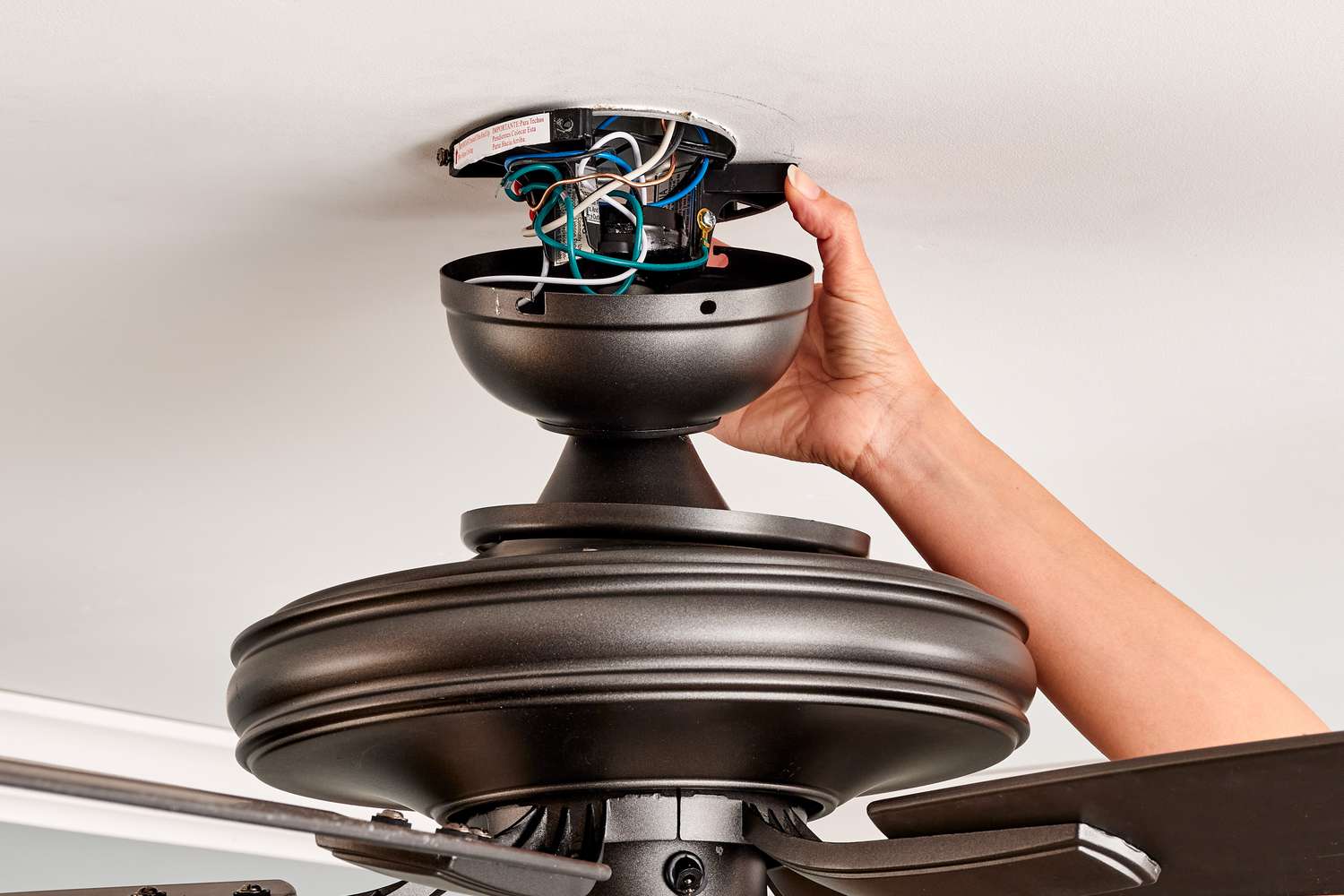
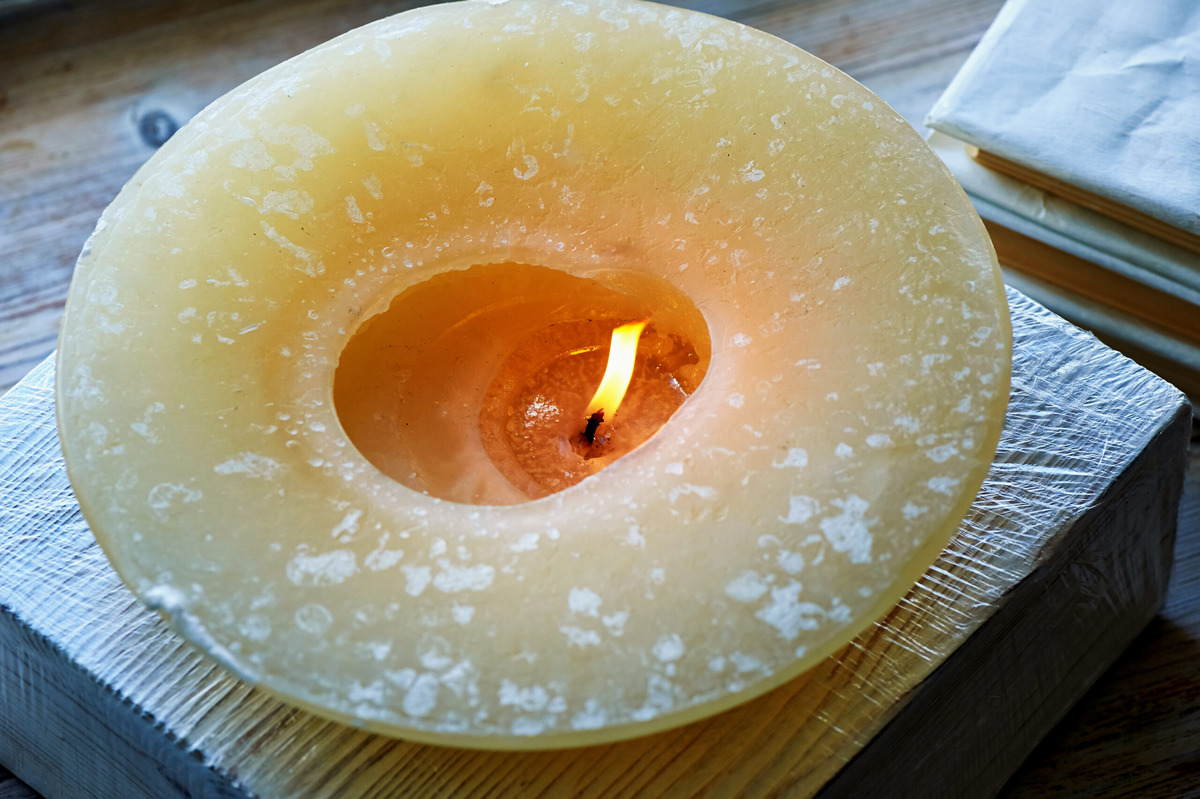

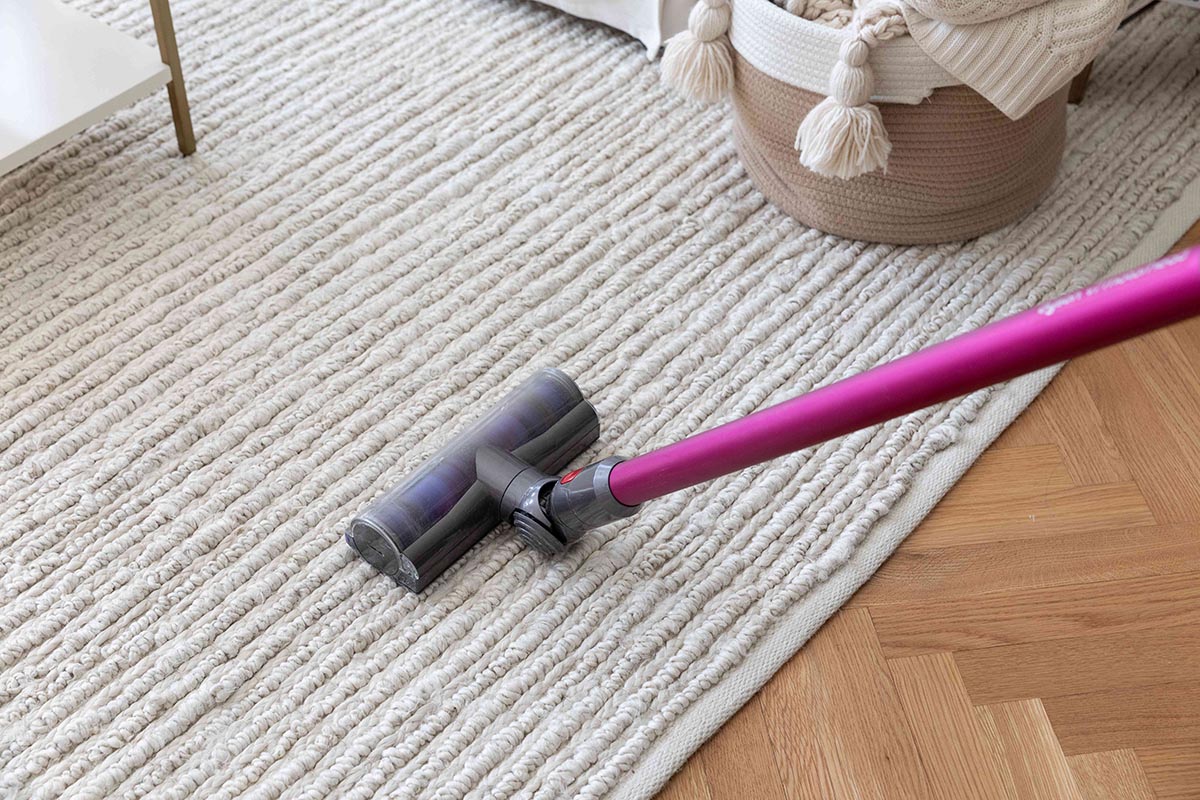
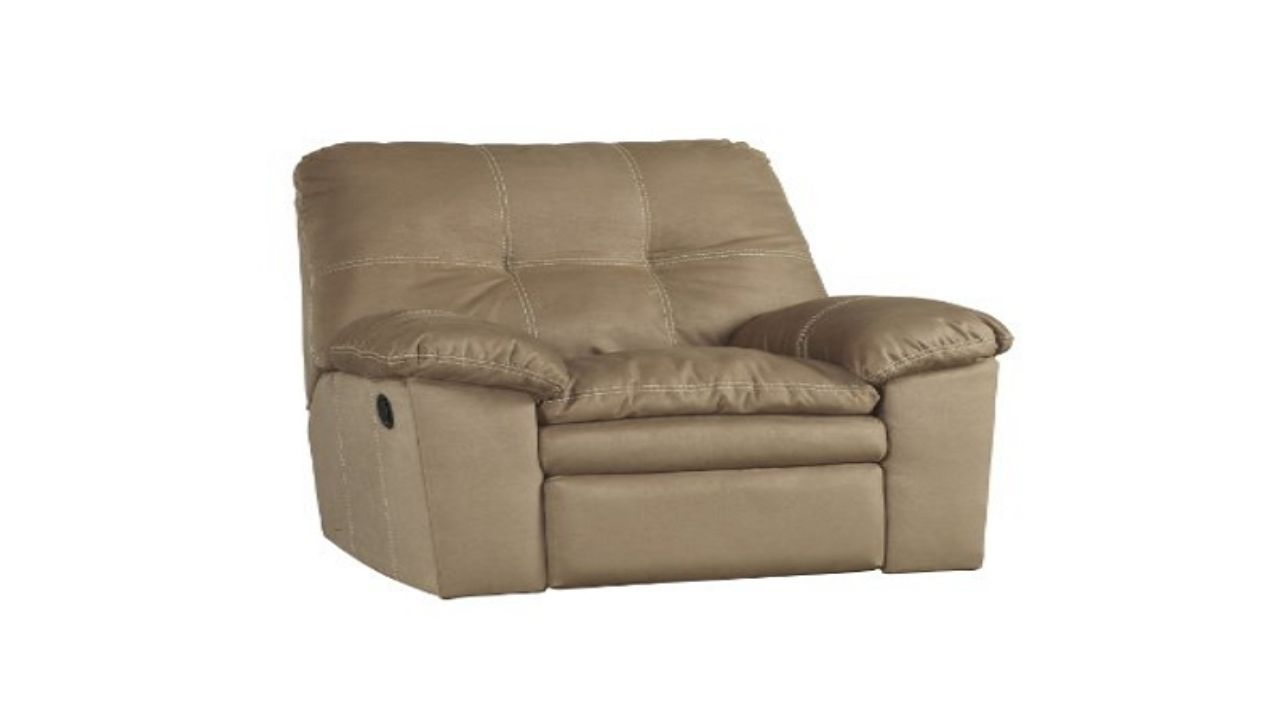

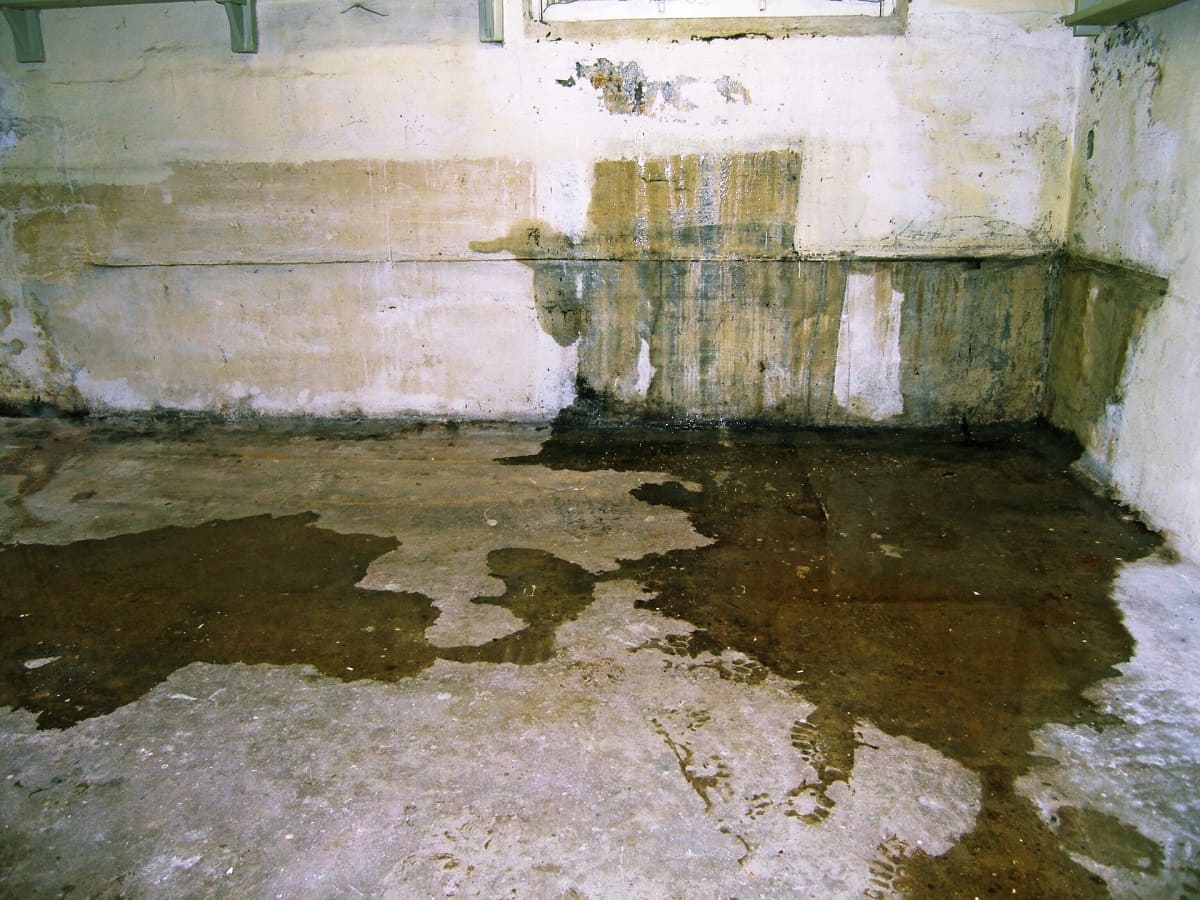

0 thoughts on “How To Stop Decking From Being Slippery”